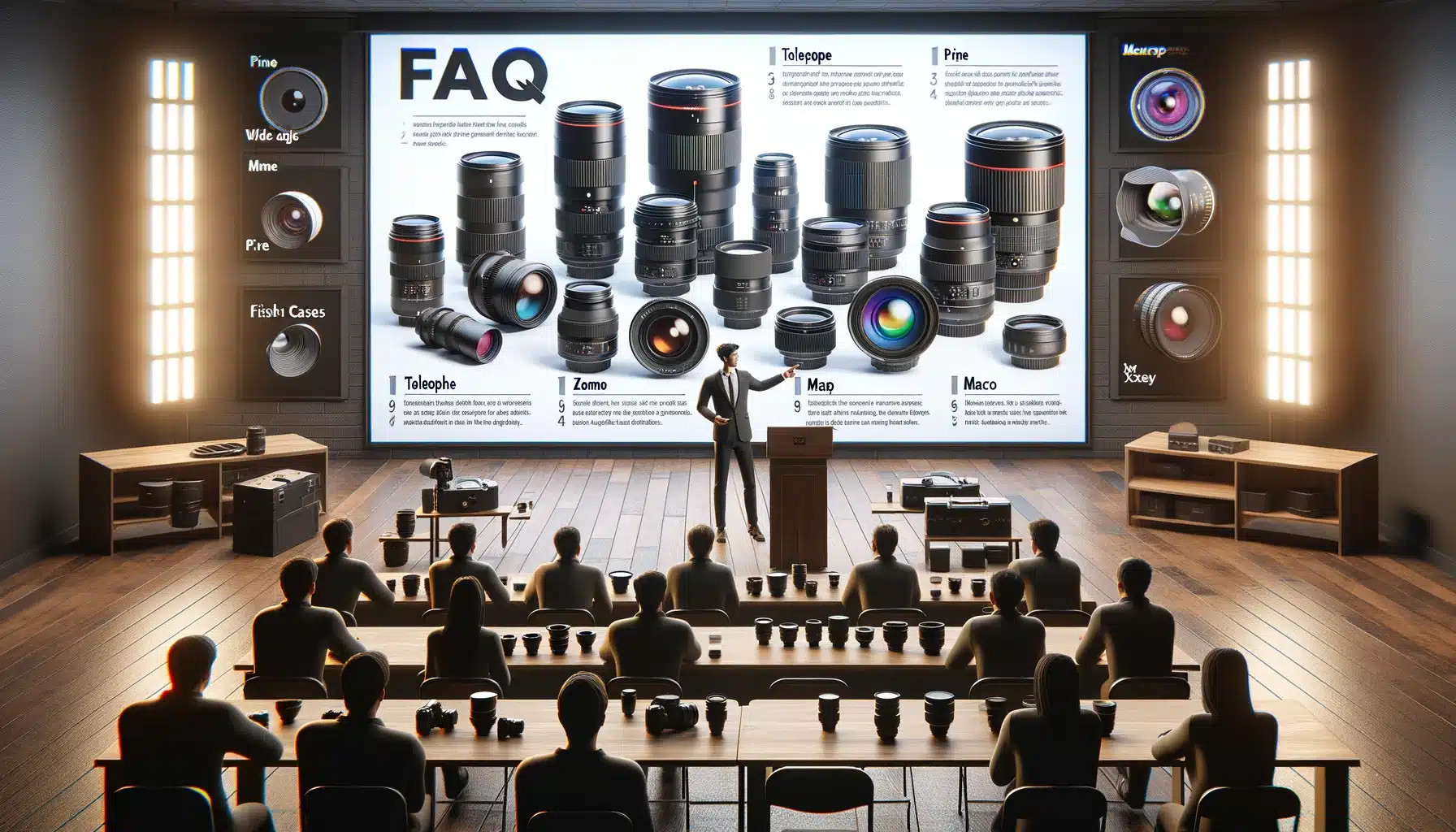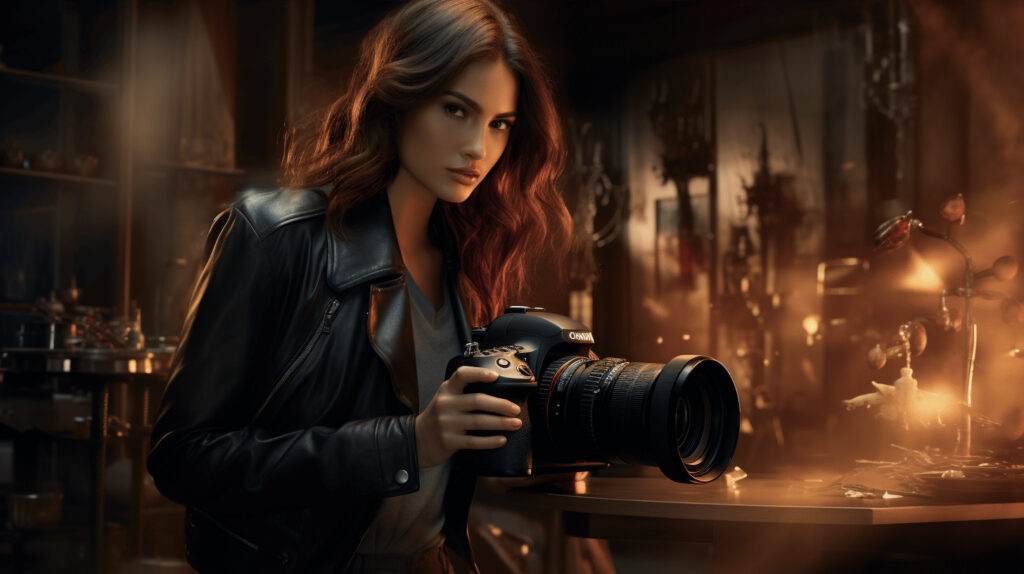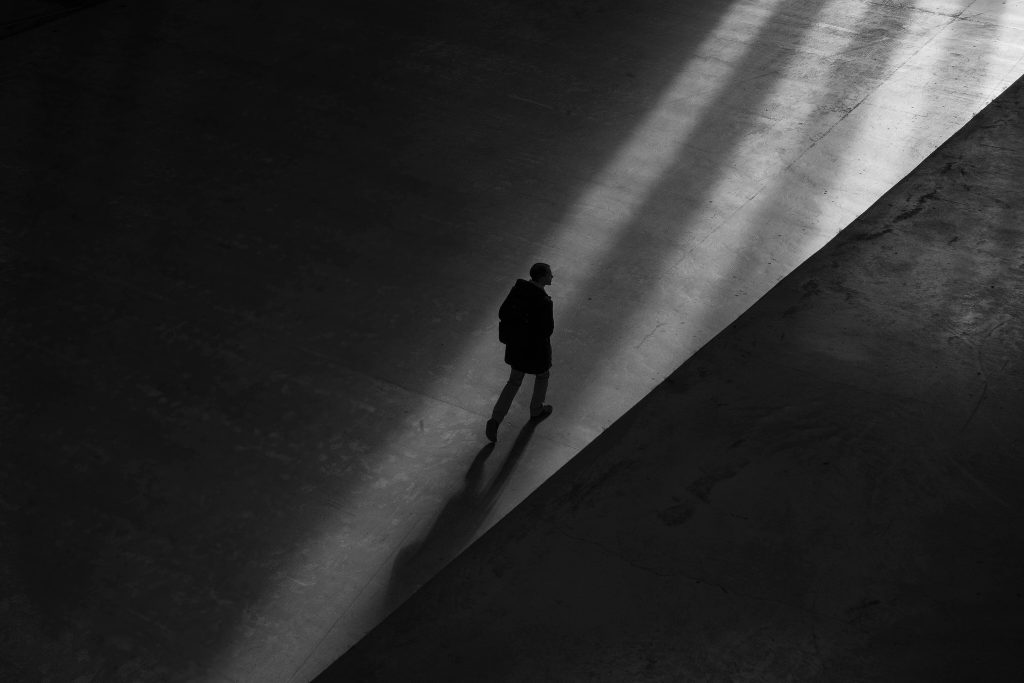Unveiling the Artistry: Modern Photography Techniques and Emerging Trends

3-01-2025, 21:40 Admin 3 749 0
The landscape of professional photography has become a fertile breeding ground for innovative techniques and avant-garde trends, with modern technology acting as a ubiquitous facilitator. The breadth of this tenth feature aims to provide a fresh examination of this fascinating topic, zeroing in on novel instances that bring to fore the interplay of advanced tools, resource optimization, and the relentless pursuit for efficiency in realizing artistic visions.
One of the emergent trends is Computational Photography, a ground-breaking technique borrowing from computer science and visual art to create images beyond the capability of traditional cameras. Enabled by multiple cameras and machine learning algorithms, this pioneering method crafts a composite image from various perspectives, providing unrivaled detail and resolution. High-definition shots of the cosmos from Hubble are a testament to Computational Photography's game-changing nature.
Then we have Digital Infrared Photography, which turns conventional compositions into surreal and ethereal scenes. By wielding IR filters to block visible light and capture the non-visible IR spectrum, photographers can present the world through an other-worldly lens. The ethereal landscapes captured by IR enthusiast K Kolb are perfect examples of this transformative technique.
Another exciting emerging trend is the propensity for Drone Photography, with technology affording a literal overview. With advances in drone technology, we can now appreciate a bird's eye photographic perspective, providing us an unprecedented visual narrative. Spanish aerial photographer B Diaz’s work provides compelling examples of how drone photography can make the everyday appear extraordinary.
These modern techniques are supported by a slew of new tools. Lightroom, for instance, brings an intuitive, efficient toolset that empowers photographers to tweak and perfect images in post-production without a steep learning curve. With presets, batch edits, and cloud-based access, Lightroom respects the photographer's time, allowing swift adjustments for unparalleled optimization.
Then there's GuruShots, a competitive photography service that amplifies efficiency from an educational point of view. It offers real-time rankings, with the prominent photography community evaluating and providing feedback. Thereby, photographers skill up faster, an intriguing example of gamifying learning to foster efficiency.
Also, artificial intelligence has ventured into photography with new tools such as Luminar AI. It presents a revolutionary angle on post-processing, using machine learning to offer smart image enhancement suggestions. It streamlines the creative process, saving photographers from hours of tedious work in post-production, while maintaining an emphasis on human creativity.
The emergence and integration of these modern photography techniques and trends, all seeking to explore uncharted creative territories, are thus inevitable in the current age. They represent the dynamic synthesis of artistry and technology, unlocking the full potential of what can be achieved in following the vision of the lens.
These advancements also denote the wider implications of how new technology is reimagining our engagement with the arts, thereby doing away with the binary distinction of technology and creativity. As we step into the future, the symbiosis between the two will further blur, redefining the possibilities for visual narratives.
One of the emergent trends is Computational Photography, a ground-breaking technique borrowing from computer science and visual art to create images beyond the capability of traditional cameras. Enabled by multiple cameras and machine learning algorithms, this pioneering method crafts a composite image from various perspectives, providing unrivaled detail and resolution. High-definition shots of the cosmos from Hubble are a testament to Computational Photography's game-changing nature.
Then we have Digital Infrared Photography, which turns conventional compositions into surreal and ethereal scenes. By wielding IR filters to block visible light and capture the non-visible IR spectrum, photographers can present the world through an other-worldly lens. The ethereal landscapes captured by IR enthusiast K Kolb are perfect examples of this transformative technique.
Another exciting emerging trend is the propensity for Drone Photography, with technology affording a literal overview. With advances in drone technology, we can now appreciate a bird's eye photographic perspective, providing us an unprecedented visual narrative. Spanish aerial photographer B Diaz’s work provides compelling examples of how drone photography can make the everyday appear extraordinary.
These modern techniques are supported by a slew of new tools. Lightroom, for instance, brings an intuitive, efficient toolset that empowers photographers to tweak and perfect images in post-production without a steep learning curve. With presets, batch edits, and cloud-based access, Lightroom respects the photographer's time, allowing swift adjustments for unparalleled optimization.
Then there's GuruShots, a competitive photography service that amplifies efficiency from an educational point of view. It offers real-time rankings, with the prominent photography community evaluating and providing feedback. Thereby, photographers skill up faster, an intriguing example of gamifying learning to foster efficiency.
Also, artificial intelligence has ventured into photography with new tools such as Luminar AI. It presents a revolutionary angle on post-processing, using machine learning to offer smart image enhancement suggestions. It streamlines the creative process, saving photographers from hours of tedious work in post-production, while maintaining an emphasis on human creativity.
The emergence and integration of these modern photography techniques and trends, all seeking to explore uncharted creative territories, are thus inevitable in the current age. They represent the dynamic synthesis of artistry and technology, unlocking the full potential of what can be achieved in following the vision of the lens.
These advancements also denote the wider implications of how new technology is reimagining our engagement with the arts, thereby doing away with the binary distinction of technology and creativity. As we step into the future, the symbiosis between the two will further blur, redefining the possibilities for visual narratives.
Related News
Leave a Comment


